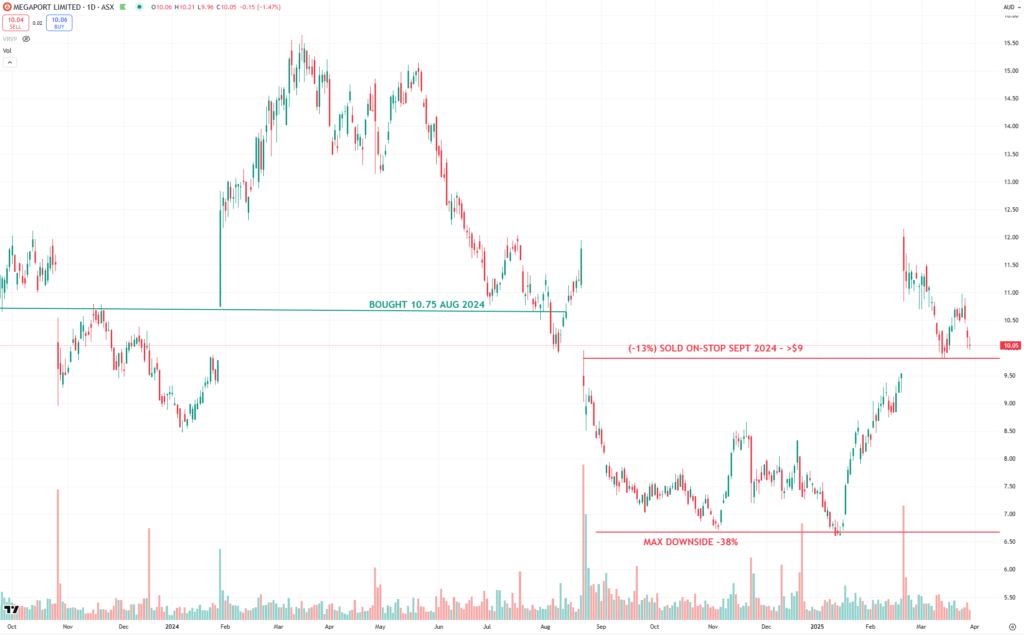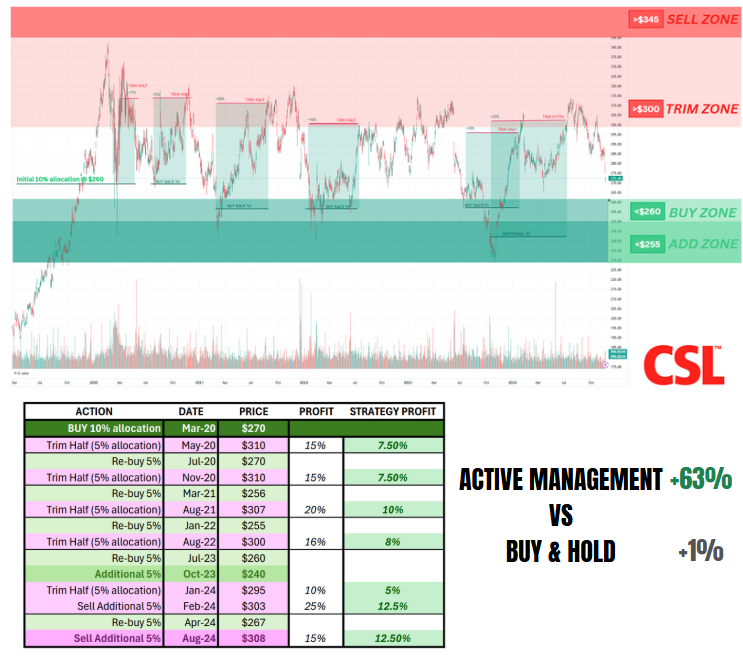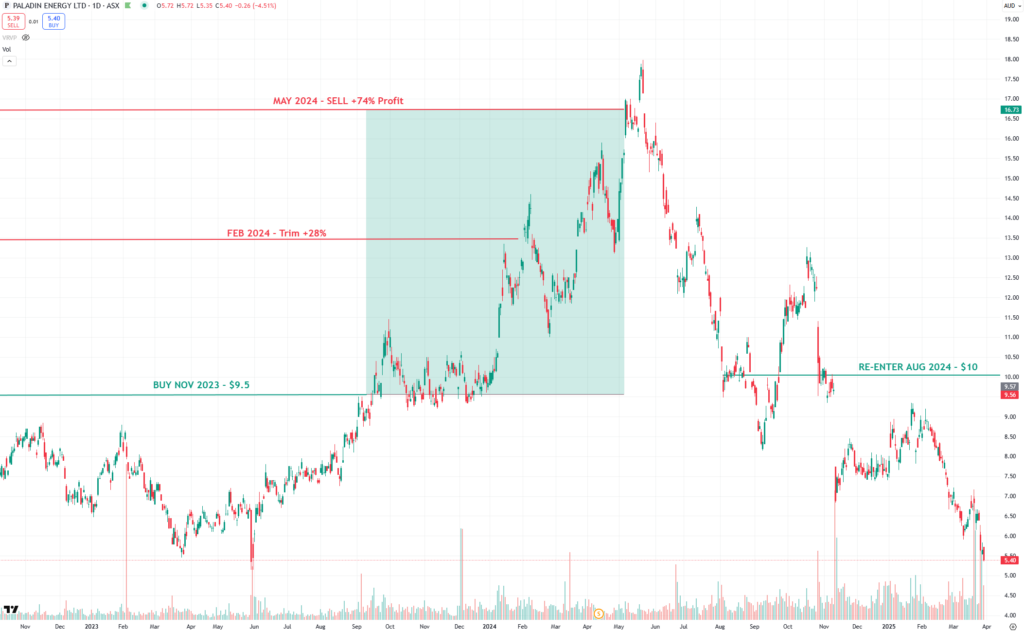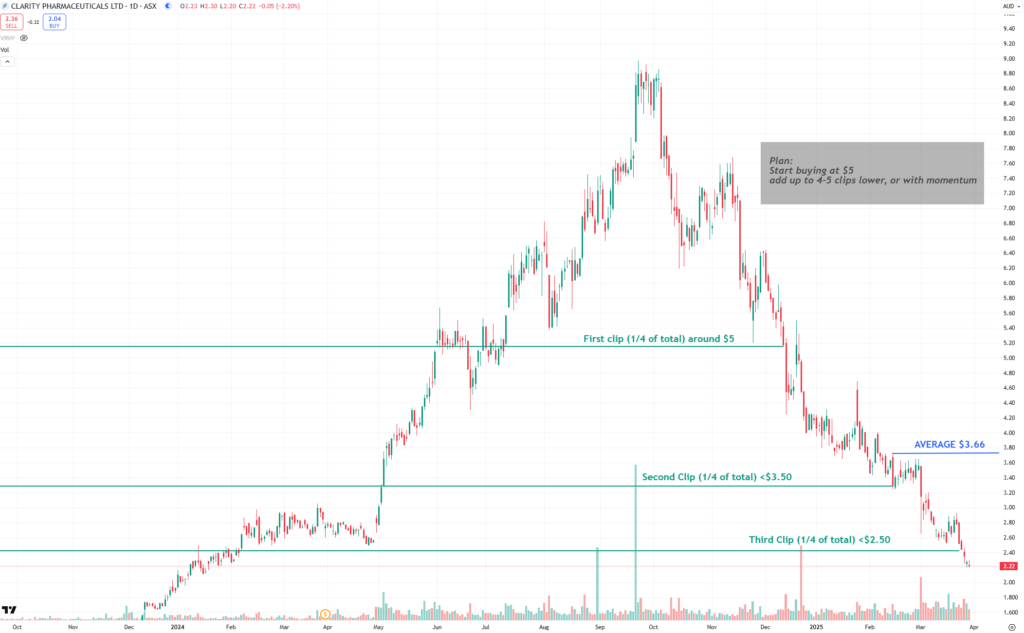Risk management is a crucial aspect of investing in the stock market, as it helps protect your investments from potential losses and ensures that you achieve your financial goals. In this article, we will explore several key strategies for managing risk in stocks, including stop losses, active management, trimming, re-entry strategies, alerts, OCO orders, averaging, and dollar-cost averaging.
Stop Losses and Risk Management
A stop-loss order is a fundamental tool in risk management. It instructs your broker to sell a stock when it falls to a certain price, limiting potential losses. For example, if you buy a stock at $100 and set a stop-loss at $90, the stock will be sold if it drops to $90, preventing further losses.
Advantages:
- Limits potential losses by automatically selling a stock when it reaches a predetermined price.
- Helps lock in profits by setting a stop-loss above the purchase price for stocks that have risen.
Disadvantages:
- May trigger in volatile markets, leading to premature selling.
- Does not guarantee the sale price will be exactly at the stop-loss level due to price gapS
Stop Losses Revisited: Enhancing with Alerts
Alerts are notifications triggered by specific market conditions, such as price levels or volume changes. They can be used in conjunction with stop-loss orders to enhance risk management. By setting alerts for price movements near your stop-loss levels, you can stay informed and make timely decisions6.
Our example here is Megaport MP1 which we took a quick loss on in 2024. While Megaport recovered eventually, we avoided a max downside of 38% at the lows and moved on

Active Management
Active management involves actively selecting investments based on research and market analysis. It allows investors to customize their portfolios according to their risk tolerance and financial goals. Active managers can adjust their investments to reflect changes in market conditions, potentially leading to superior returns compared to passive management.
Benefits:
- Offers the potential for higher returns through strategic investment selection.
- Allows for customization based on investor preferences and risk tolerance.
Drawbacks:
- Typically involves higher fees compared to passive management.
- Requires ongoing research and analysis, which can be time-consuming.
This strategy has worked well in CSL for the last 4 years where we have trimmed half of the position above $300 and then had the option to buy back in under $260. This is similar to the next strategy, trimming and re-entry

Trimming and Re-entry Strategies
Trimming involves selling a portion of your holdings to reduce exposure to a particular stock or sector. This can be especially useful when a stock has significantly appreciated and you want to lock in some gains.
Re-entry Strategies:
- After trimming or selling a stock, you might consider re-entering the position if the stock rebounds or meets certain criteria. For example, Paladin was our Ausbiz Christmas pick in 2023. We entered at $9, Trimmed at $13 and finally sold all of the holding at $17 with a view to re-entering the stock at a later date. strategy involves re-entering a stock once it rebounds 30% above its lowest closing price after a stop-loss was triggered

OCO (One Cancels the Other) Orders
An OCO order combines two orders: typically a stop-loss and a take-profit order. Once one of these orders is executed, the other is automatically canceled. This strategy allows traders to manage risk effectively by setting both stop-loss and take-profit levels simultaneously.
Example:
- Set a stop-loss at $80 and a take-profit at $120 for a stock purchased at $100. If the stock price reaches $80, the stop-loss is triggered, and the take-profit order is canceled. Conversely, if it reaches $120, the take-profit is executed, and the stop-loss is canceled.
Averaging and Dollar-Cost Averaging
Averaging involves investing a fixed amount of money at regular intervals, regardless of the market’s performance. This strategy helps reduce the impact of market volatility by averaging out the cost per share over time.
Dollar-Cost Averaging (DCA):
- A specific form of averaging where you invest a fixed amount of money at regular intervals. DCA is beneficial for long-term investors as it reduces the risk of investing a large sum at the wrong time.
Example:
- At MPC we like Clarity Pharmaceuticals CU6:ASX on a long-term basis (5-years+) however this stock is a pre-revenue biotech company with enough capital to get to the point of revenue in 3 years, in short, this will be a volatile ride for the next few years.
In this case we started buying at $5 on a pull back from the record high of $9. With the intention of adding to the position lower, or with momentum. So far we have bought more at 2.80 and 2.25 and still have 1-2 more clips to buy if warranted. This pre-planning has drastically improved the average entry price in

Dirty Average
While not a widely recognized term in finance, “dirty average” refers to an informal or non-systematic approach to averaging, where investments are made irregularly or based on intuition rather than a consistent strategy. This approach lacks the discipline and predictability of dollar-cost averaging and may not be recommended for most investors.
Most common example is when a “trade” becomes and “investment” as the investor is too stubborn to exit and re-assess. We have all have personal examples of this, lets not re-visit them!
the lesson is, have a plan BEFORE the trade, don’t just make it up as you go along
ASK A QUESTION ABOUT THIS ARTICLE

GENERAL ADVICE WARNING:
Recommendations and reports managed and presented by MPC Markets Pty Ltd (ABN 33 668 234 562), as a Corporate Authorised Representative of LeMessurier Securities Pty Ltd (ABN 43 111 931 849) (LemSec), holder of Australian Financial Services Licence No. 296877, offers insights and analyses formulated in good faith and
Opinions and recommendations made by MPC Markets are GENERAL ADVICE ONLY and DO NOT TAKE INTO ACCOUNT YOUR PERSONAL CIRCUMSTANCES, always consult a financial professional before making any decisions.
